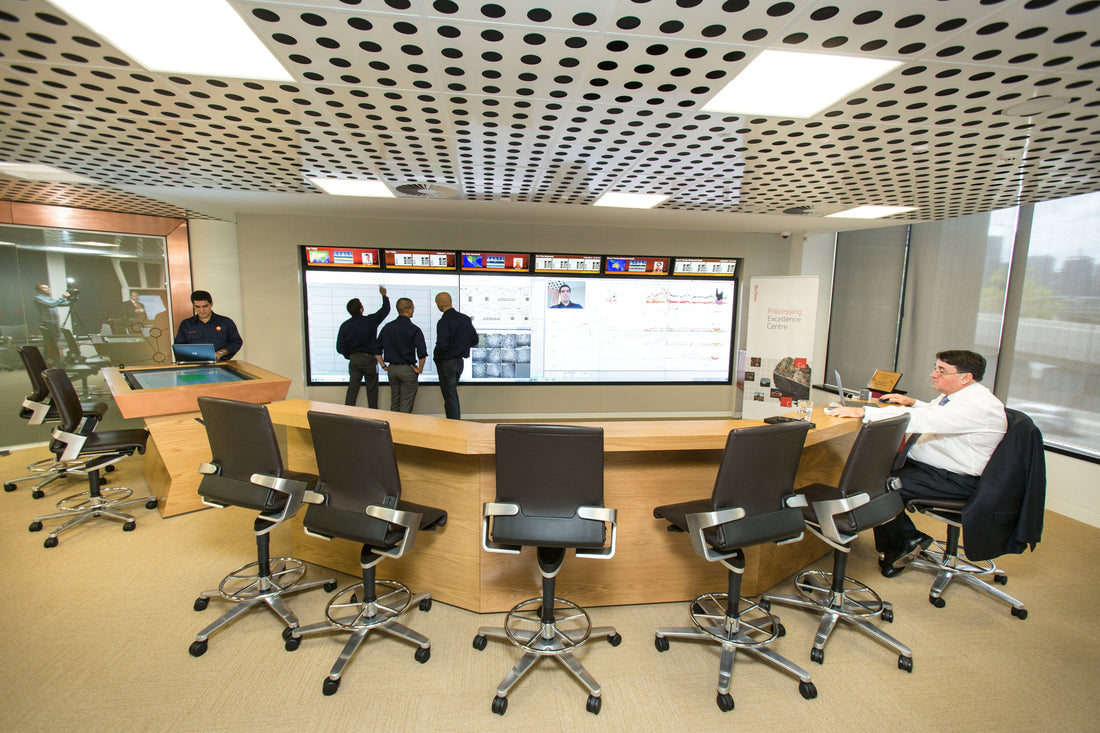
How to Architect an Intelligence Centre
Laying the Digital & Operational Foundations
In modern operations, Intelligence Centres are often misunderstood as control hubs filled with screens and dashboards. But if the goal is to use information to drive faster, more reliable, and more insightful decisions, then architecture—not just assembly—is critical. We don’t just build Intelligence Centres. We architect them—deliberately, so that people, processes, and technology align to enable higher productivity and more effective decision-making.
At the core, architecture ensures the centre becomes a true enabler—not a source of confusion. That starts with clarity of purpose: what decisions need to be made, what information supports those decisions, and how do we ensure action is taken at the right level of the organisation?
Start with Process Architecture
We begin by defining the key workflows required to run the business: planning, execution, and improvement. These must span all time horizons—shift, daily, weekly, monthly, and even life-of-asset—each forming a cycle of planning, execution, and improvement. Much like an OODA loop, this ensures the organisation is built to adapt and respond intelligently at every level.
Redesign the Organisation
Once the process architecture is clear, we ask: where do we need humans, and what can be done by machines? With AI now capable of handling routine decisions, we focus human effort on higher-value work—supervising, steering, and improving. This lets us thin out the knowledge workforce, consider part-time or non-dedicated models, and design accountabilities more efficiently. The Management Operating System (MOS) helps embed this structure, defining decision rights, KPIs, and key team interactions.
Shape the Physical Space
Understanding how teams interact allows us to design the space around them. Collaboration zones, training areas, and visibility of real-time information are all intentionally structured to support decision-making and flow. The physical architecture balances focus and interaction, grounded in how work actually gets done.
Build the Right Tech Stack
Technology architecture comes last—but it’s critical. By understanding the information needs of each process and role, we design systems that deliver the right information at the right time. We focus on seamless “plumbing” that connects data sources and workflows, supported by our belief in IQ as a Service—ensuring data quality is actively managed and trusted. We align platforms to match decision horizons: real-time systems for short-term control, and simulation/optimisation tools for long-term planning. Tooling each role for their purpose is part of the design.
Conclusion: Design with Purpose, Deliver with Confidence
The most effective Intelligence Centres aren’t built from templates—they’re architected with intent. By starting with process, aligning people and space, and only then introducing the right technology, you create a centre that’s deeply connected to how your business actually operates. It’s this deliberate, layered approach that turns data into action, insight into outcomes, and potential into performance. Architect it right—and the Intelligence Centre becomes the heartbeat of a smarter, faster, more resilient operation.
